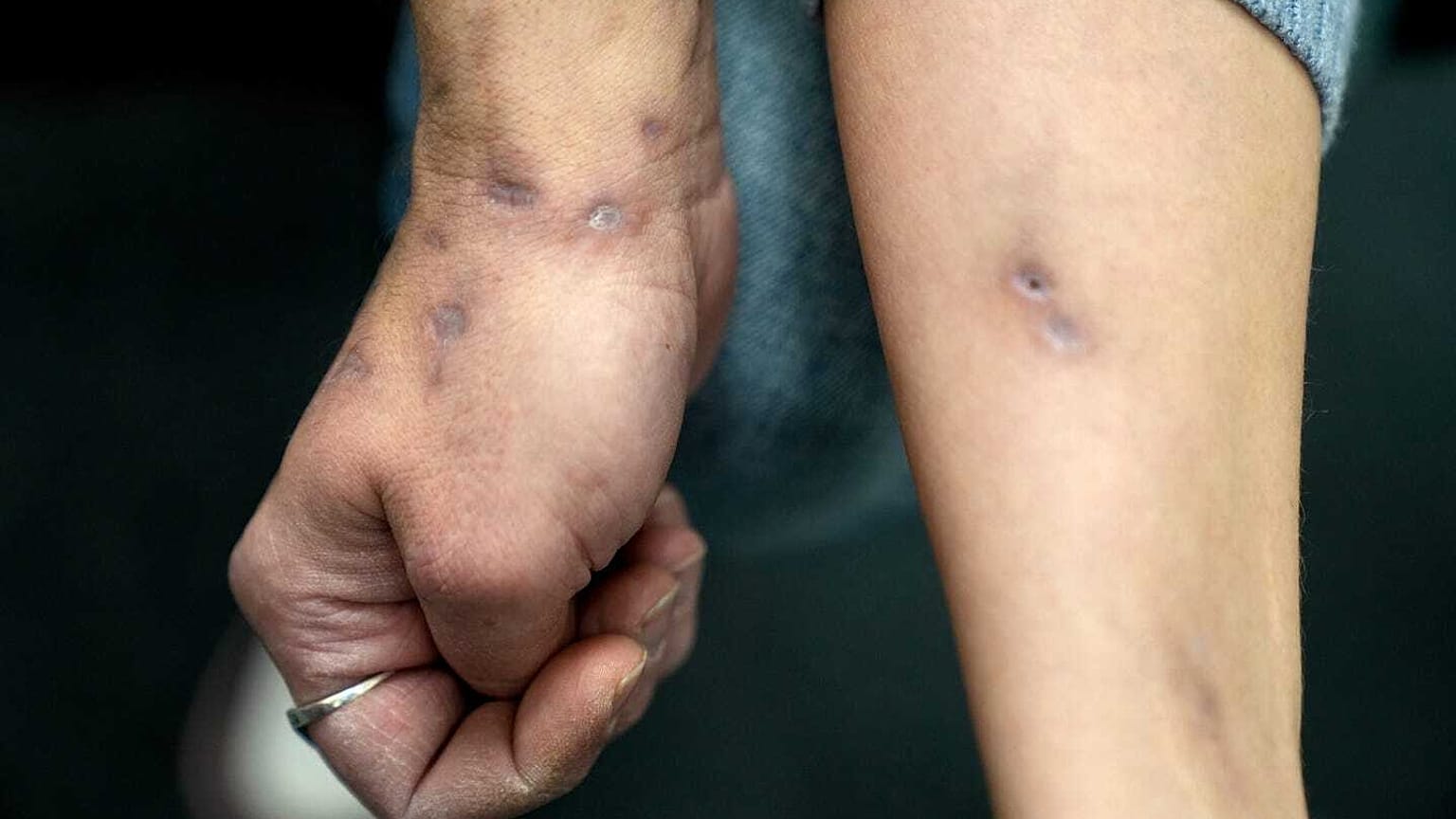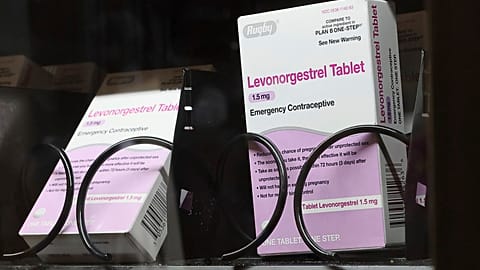The first death in the UK linked to the “zombie” drug xylazine raises concerns over the shifting origin of opioid supplies in Europe.
A 43-year-old man in the UK has become Europe’s first known victim of the flesh-rotting “zombie” drug xylazine, a powerful tranquilliser normally used by veterinarians on large animals which recently made its way onto the global illicit drug market.
The man, identified by British media as Karl Warburton, died in his home in May 2022, but was only recognised as the UK’s first likely victim of xylazine after a study released this week by researchers at King’s College London (KCL).
The study screened all drug-related deaths reported to the UK’s National Programme on Substance Abuse Deaths (NPSAD) for cases with xylazine detections - and found one. A report about the case has been published in the Journal of Forensic and Legal Medicine.
Warburton had a history of illicit drug consumption and had been referred to addiction services on several occasions, according to the coroner’s report.
In his body, doctors found traces of heroin, cocaine, fentanyl and xylazine. He was likely unaware that he was consuming the “zombie” drug, according to the researchers, who said that Warburton was “likely to have bought heroin and not known it was laced with xylazine and fentanyl”.
The study added that “to the best of our knowledge, this is the first death associated with xylazine use reported in the UK, and even Europe, and indicates the entry of xylazine into the UK drug supply”.
What is xylazine?
Xylazine - which is also known as “tranq” or “tranq dope” when combined with heroin or fentanyl - is a sedative used on large animals for pain relief and muscle relaxation. It’s not fit for human consumption, in any dose.
When injected into a person’s body, it can cause a dangerously slow heart rate and large open skin wounds like ulcers and abscesses.
Over the long term, these wounds can spread over a person’s arms and legs and cause them to rot - a grim phenomenon which has earned xylazine its nickname of “zombie” drug. The dead tissue eventually needs to be amputated.
The use of xylazine in the illicit drug market was first detected in Puerto Rico in the early 2000s, and has since been reported in North America. In the US, the drug is considered “an emerging threat” and is now involved in 7 per cent of all overdose deaths in the country.
The spread of the substance in the North American illegal drug market has recently prompted overdose warnings in the US, a country already ravaged by a deadly fentanyl epidemic that has killed tens of thousands of people in the past couple of decades.
Like fentanyl, xylazine is often mixed with heroin by illicit drug manufacturers because it reduces the costs of producing large batches of heroin.
As a sedative, xylazine is also used to extend the short-lasting feeling of euphoria provided by fentanyl, to mimic the high of heroin.
How has the drug reached Europe?
Xylazine is not included in standard drug tests in the UK, so there’s no way of knowing if Warburton was actually the first person to die after taking the drug, or how widely it is circulating in the European illicit drug market, especially compared to opioids.
Heroin has traditionally reached the European market from Afghanistan, where the Taliban announced a ban on poppy production last year. But the impact of the ban is likely to be felt in Europe with some delay, as last year’s harvest was exempt.
Almost all opium in Afghanistan is harvested between April and July, and getting it to heroin markets takes about one year to 18 months, according to recent estimates by the United Nations Office on Drugs and Crime (UNODC).
So while heroin can still easily be found in Europe this year, that may no longer be the case next year - opening opportunities for new drugs to enter the market.
The discovery of xylazine in the UK, as proven by Warburton’s death, may already signal a shift in opioids supply in Europe, with the Taliban ban giving illicit drug manufacturers in South America a chance to take over the European market, according to Caroline Copeland, a lecturer in pharmaceutical medicine at KCL.
“Heroin users should therefore be made aware of the additional risks of using ‘tranq dope,’ especially as the opioid overdose reversal agent naloxone is not effective against the sedative effects of xylazine,” she wrote in The Conversation.



















